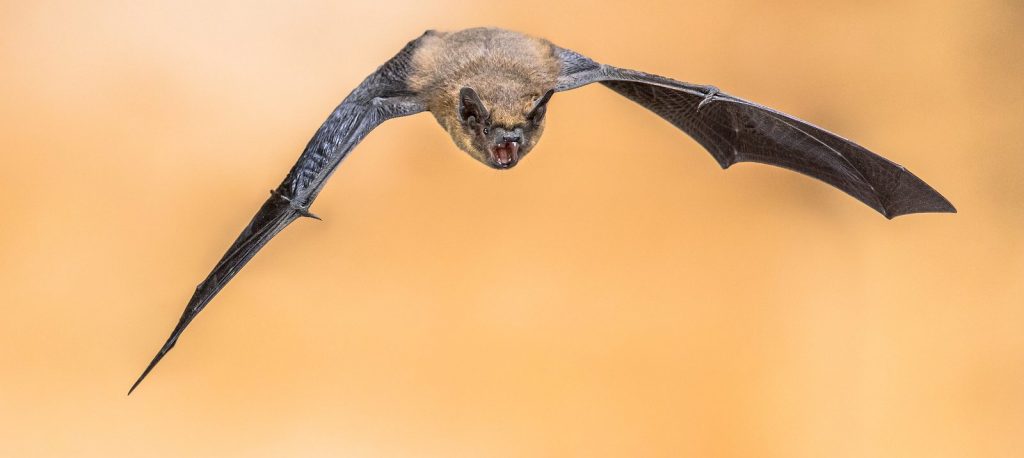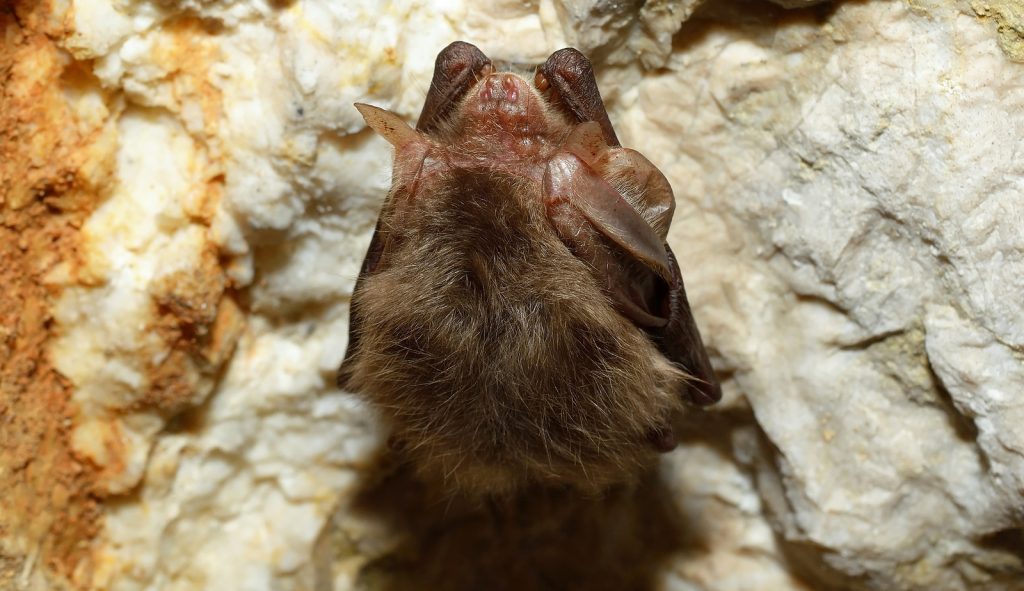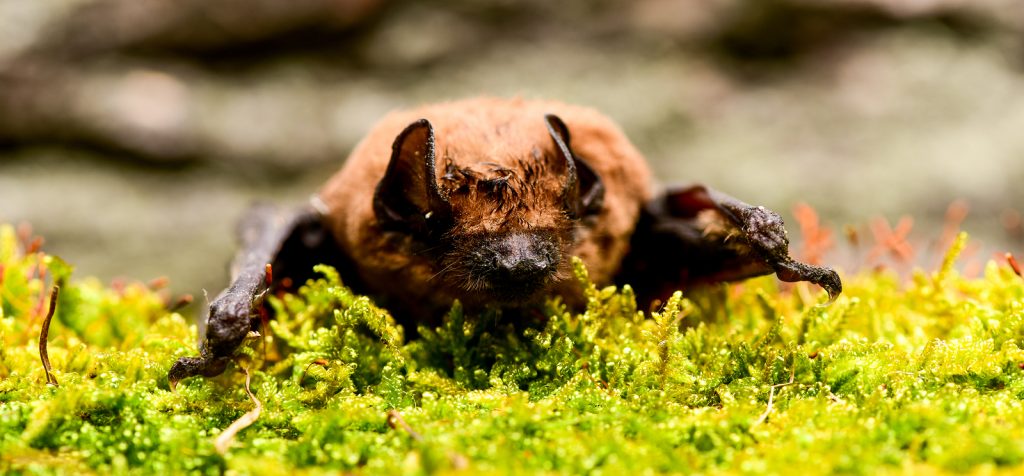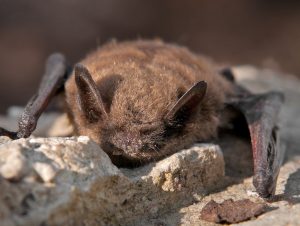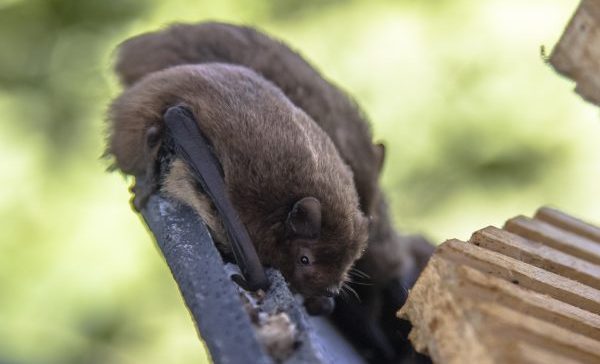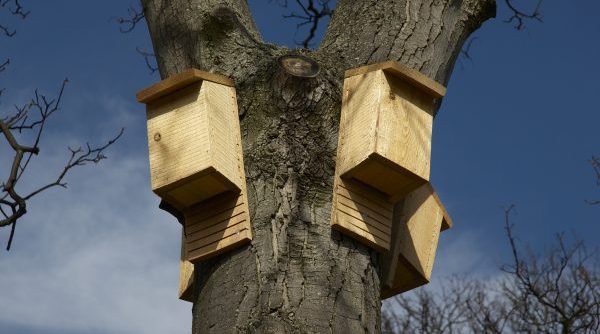Here in Kentucky, certain species of wild animals are protected under state law. This means that you can be penalized on several different levels if you are caught and convicted of such conduct. This is important information for those who are dealing with nuisance bat problems since it is possible to break the law without having any actual intention. Basically, what seems like an act of protecting your property may actually be against the law.
This scenario is made even more serious considering 3 of Kentucky’s native bat species are federally endangered, and thus, protected on a federal level. This means that a person can face felony charges for tampering with one of these species. If you have nuisance bat activity around your property, be sure to educate yourself on what you can and cannot do within the limits of the state and federal laws governing bats.
Continue reading to learn the Kentucky laws about bat tampering, as well as, how to get rid of bats safely and legally.
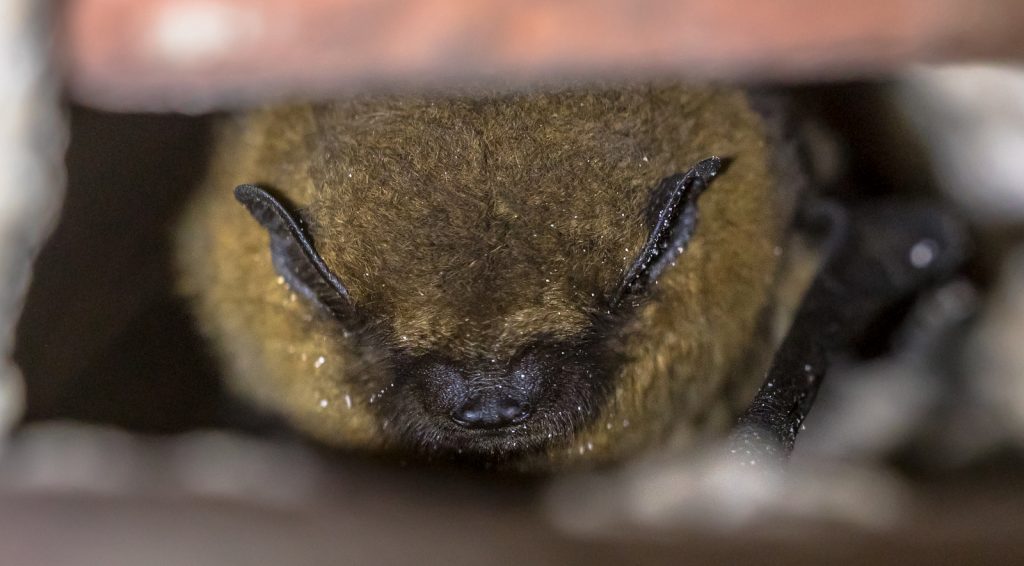
The Laws Surrounding Wild Bats
According to KY.Gov, the official website of the Commonwealth of Kentucky, all bats in the state are protected by law. What does this mean for you? It means that it is illegal to trap, domesticate, breed, harm, or kill a bat. Furthermore, there are no intoxicants, or repellents, that are legal for bat control applications. There are exceptions to this law, for instance, in the case that it is proven that bats are damaging a property.
Possible Penalties
If an individual is caught tampering or harming bats, they can face both criminal and civil penalties. This includes jail time, hefty fines, restitution, community service, banishment, loss of professional licenses, loss of gun privileges, and more. It depends on the severity and scope of the incident.
To Get Rid of Nuisance Bats
There are several ways to manage nuisance bat activity on and around your property without harming or jeopardizing the well-being of the local bat populations. In fact, there are several ways you can be bat friendly, while also protecting your home from bat damages. Talk to a DNR licensed and insured bat control company for help dealing with bat problems. They have the knowledge and resources to remove bats safely, bat-proof your home, and more.
Louisville Bat Removal and Control
Call 502-553-7622 for prompt and professional Louisville bat removal and control you can trust. We are DNR licensed and insured wildlife rescue and control professionals with more than two decades of experience working with bats. We offer residential and commercial abatement services, including minor attic restorations for bat damages. Request a free estimate, today.



